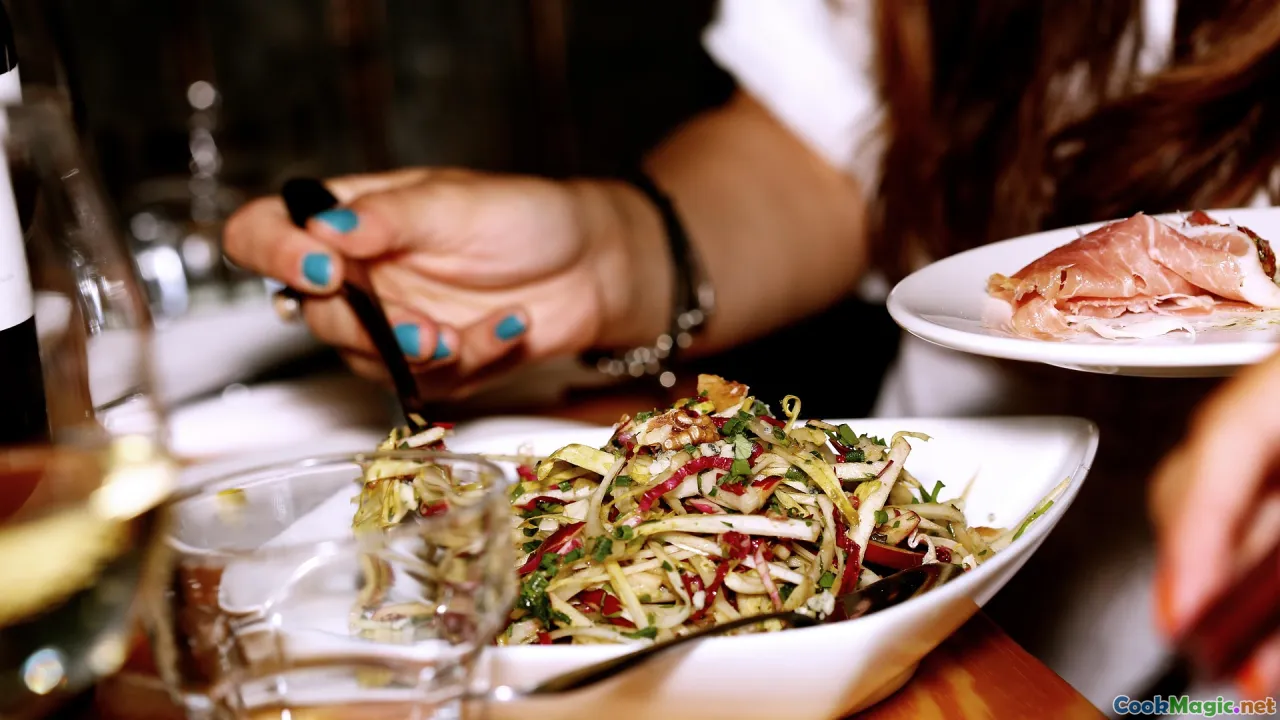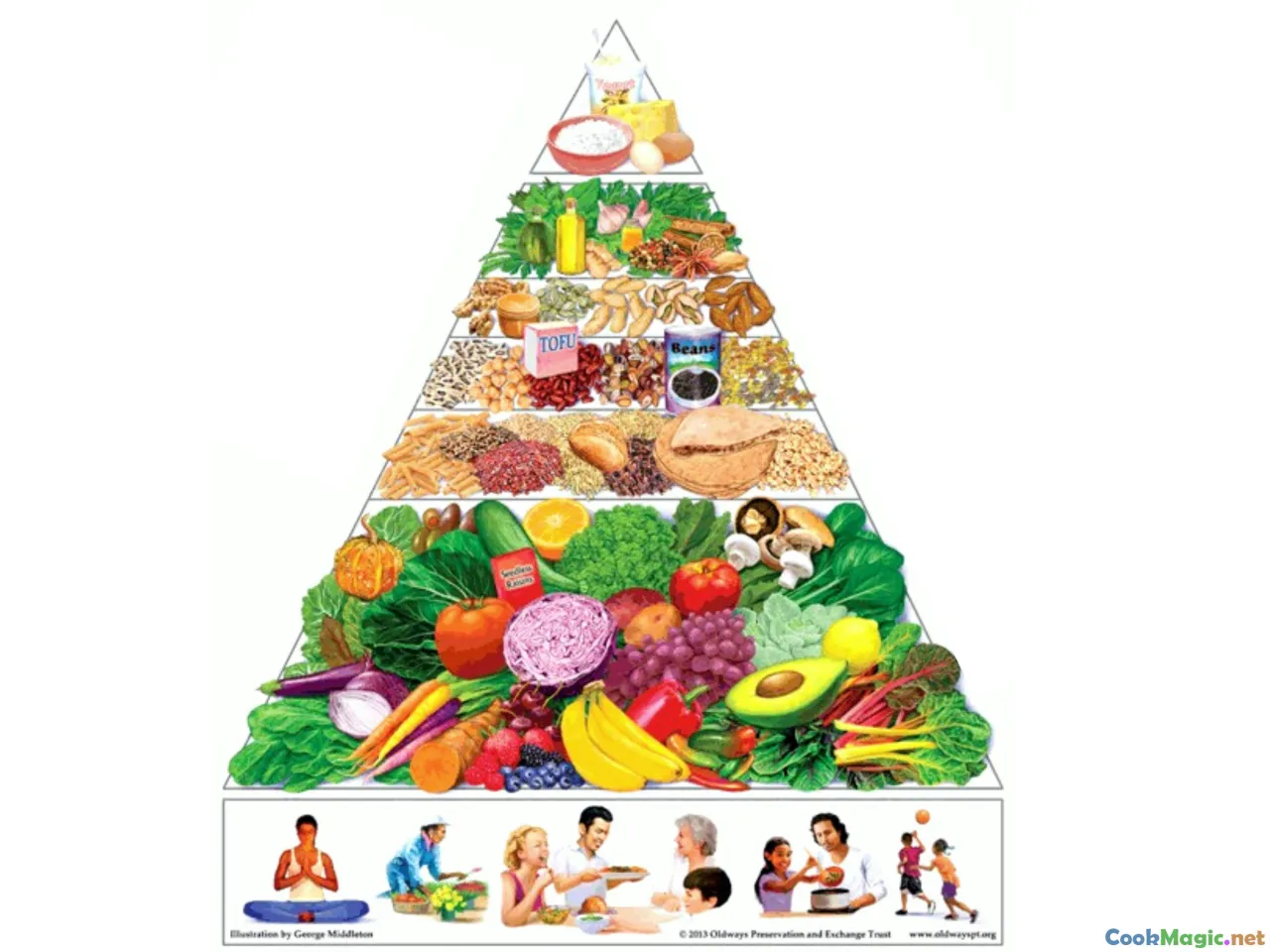Mindful Eating: Cultivating Healthy Habits
12 min read Explore techniques to practice mindful eating and develop lasting healthy habits for improved well-being and balanced nutrition. July 24, 2025 15:05
Mindful Eating: Cultivating Healthy Habits
Imagine sitting beneath the warmth of a Mayan sun, a traditional handcrafted molcajete brimming with freshly made guacamole passing around your circle of friends. As everyone dips in with their bare fingertips, the aroma of ripe avocados, fiery chilies, and fragrant cilantro dances in the air. That experience—rich in flavor, connection, and presence—is the essence of mindful eating.
In our fast-paced modern world, meals have often become fleeting moments, swallowed such that we forget the symphony of sensations and stories embedded in every bite. Yet, beneath this hurried rhythm lies an ancient wisdom that honors the eating process as a path to nourishment, health, and emotional well-being. Mindful eating is more than just a dietary trend; it’s a conscious journey back to the fundamental act of nourishment rooted in cultural traditions, sensory awareness, and self-respect.
The Roots of Mindful Eating: Cultural and Historical Perspectives

Across civilizations, eating has been less about mere sustenance and more about communal bonding, spiritual rituals, and storytelling. In Chinese culture, the concept of Chi—the vital life force—finds expression in the careful preparation and reverent consumption of food. Traditional Chinese medicine emphasizes harmony between the body and what it consumes, advocating for dishes that align with the seasons and balance flavors like sweet, sour, bitter, salty, and umami.
From the Japanese Ichiju Sansai (one soup, three side dishes) to the Mediterranean mezze spread—each tradition invites diners to slow down, savor each ingredient, and indulge their senses fully. In France, the ritual of dîner involves long, leisurely meals where wine, bread, and cheese are celebrated as multisensory art forms, fostering a connection between the eater and the meaning of food.
Historically, many indigenous societies see eating as a sacred act. Native American harvest festivals, African communal feasts, and Polynesian sharing rituals embed gratitude and respect into culinary traditions, inviting participants to honor nature’s bounty and the spirits believed to guide their crops and livestock.
Understanding these cultural contexts reveals that mindful eating is not a modern invention but an inheritance—an art of appreciating food intentionally, deeply, and respectfully.
The Emotional and Personal Dimensions of Mindful Eating

Our personal history shapes how we experience food. For someone who grew up in a household where meals were hurried or emotionally charged, pausing to truly taste and feel each bite might feel strange or indulgent. Conversely, those with traditions of leisurely family dinners find mindful eating to be a portal into deeper connection with their roots.
Consider the story of Elena, a woman who struggled with emotional eating. When she began practicing mindful eating, she started to recognize hunger cues instead of emotional cravings. Sitting with her food—discovering the texture of her whole-grain bread, the acidity of her yogurt, the sweetness of ripe berries—helped her develop a compassionate relationship with her body.
The emotional benefits extend beyond individual health. Cultivating gratitude during meals—perhaps expressing thanks for the harvest, the local farmer, or even the effort of preparing—fosters emotional resilience and a sense of interconnectedness.
Sensory Engagement: How to Practice Mindful Eating

At its core, mindful eating invites us to turn unthinking consumption into an intentional act of awareness. Here are tangible steps to incorporate into your daily routine:
1. Eat Without Distractions
Set aside device-free time for your meal. Turn off screens, put away work, and focus solely on the act of eating. Notice the colors, shapes, and arrangement of your food. Be present with each bite.
2. Engage All Your Senses
- Sight: Observe the vibrant hues of a bowl of roasted root vegetables—crimson beets, orange carrots, purple turnips.
- Smell: Inhale deeply; discern hints of roasted garlic and thyme.
- Touch: Feel the smoothness of a ripe avocado or the crispness of fresh greens.
- Taste: Savor each flavor—savory, bitter, sweet—allowing your palate to register each dimension.
- Sound: Notice the crunch of nuts or crisp vegetables.
3. Chew Slowly and Fully
Pause between bites. Chew thoroughly—preferably at least 20-30 times per mouthful—to aid digestion and enhance flavor extraction.
4. Listen to Your Body
Pay attention to signals of fullness. Notice when you begin to feel satisfied, and honor that sensation by stopping before overeating.
5. Reflect on Your Food’s Origin
Think about where your food came from—those who cultivated, gathered, or raised it—and express gratitude.
Practical Examples and Simple Rituals to Cultivate Mindfulness

The Morning Ritual — Savor Your Breakfast
Instead of rushing through a bowl of cereal or grabbing a coffee to-go, dedicate 10 minutes to sit at the table. Pour your favorite tea—perhaps a fragrant jasmine or earthy matcha—and feel the warmth of the cup in your hands. Notice the aroma, the steam rising, and take slow sips, noting the subtle notes of flavor.
Mindful Cooking — Embodying Intention
Choose a recipe that excites you, like handmade pasta or a vegetable tart. Engage all senses while preparing it—feel the dough beneath your fingers, smell the herbs you're chopping, listen to the sizzle. Recognize the labor and love embedded in each step.
An Adventurous Taste Test
Pick a dish from a culture you love or want to explore, prepare it with curiosity, and eat it attentively—perhaps in celebration of that tradition’s history. For example, enjoy a bowl of Pho, focusing on the layers of aroma from herbs and spices or a bowl of Ethiopian injera with stews, appreciating the communal aspect.
Overcoming Barriers to Mindful Eating

Despite intentions, many struggle with distraction, impatience, or emotional triggers. Here are strategies to address these hurdles:
- Start Small: Commit to one mindful meal per day and gradually expand.
- Create a Calm Environment: Dine in a peaceful setting, perhaps with soft music or by candlelight.
- Use Physical Cues: Place your utensils down momentarily mid-meal to reset awareness.
- Acknowledge Emotions: Recognize feelings like anxiety or boredom that might prompt mindless eating, and explore alternative self-care methods.
The Ripple Effect: How Mindful Eating Enhances Health

Beyond cultivating awareness, mindful eating fosters tangible health benefits:
- Better digestion due to thorough chewing and slower eating.
- Improved weight regulation by recognizing true hunger versus emotional cravings.
- Reduced bingeing and emotional eating episodes.
- Enhanced enjoyment and satisfaction from smaller portions.
- Decreased stress levels, positively influencing hormonal balance.
Holistic health is intertwined with every bite, and embracing mindfulness transforms meals from mere refueling to nourishing rituals.
A Personal Reflection: My Journey with Mindful Eating
When I first began to practice mindful eating, I found myself amazed at the depths of sensation I was missing in my rush for nourishment. Simple dishes like a ripe tomato from my garden—its juicy explosion, the gentle crunch of fresh basil—became profound experiences. I learned to listen to my body, appreciating each meal as a gift instead of an obstacle. Over time, this perspective seeped into other areas of life, enriching relationships and fostering gratitude for everyday moments.
The Future of Food: Cultivating Mindful Practices in a Globalized World
As global cuisines continue to intertwine, embracing mindfulness offers a way to reconnect with the roots and stories behind our food—reviving traditional practices that honor seasonality, local farms, and cultural heritage.
From participating in urban farmers’ markets with an attentive eye to preparing recipes from new cuisines with reverence, mindful eating can bridge culinary curiosity with wellness. It transforms the act of eating from a mindless chore into a conscious celebration of life’s rich tapestry.
Eating mindfully is an ongoing journey—an invitation to savor each flavor, honor each bite, and reconnect with ourselves and the world’s bounty. As we cultivate this practice, we nourish not just our bodies but our spirits, one mindful morsel at a time.









